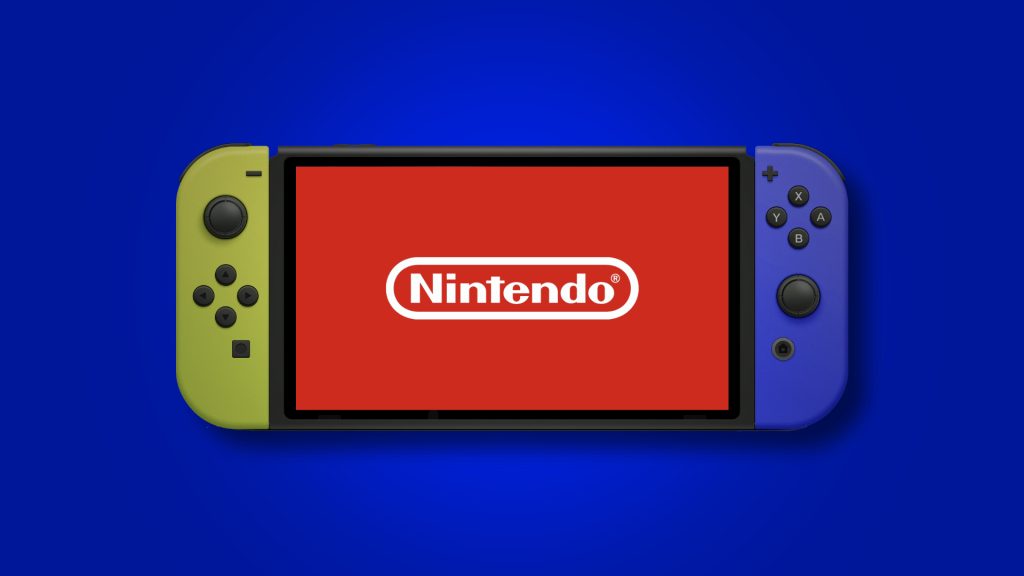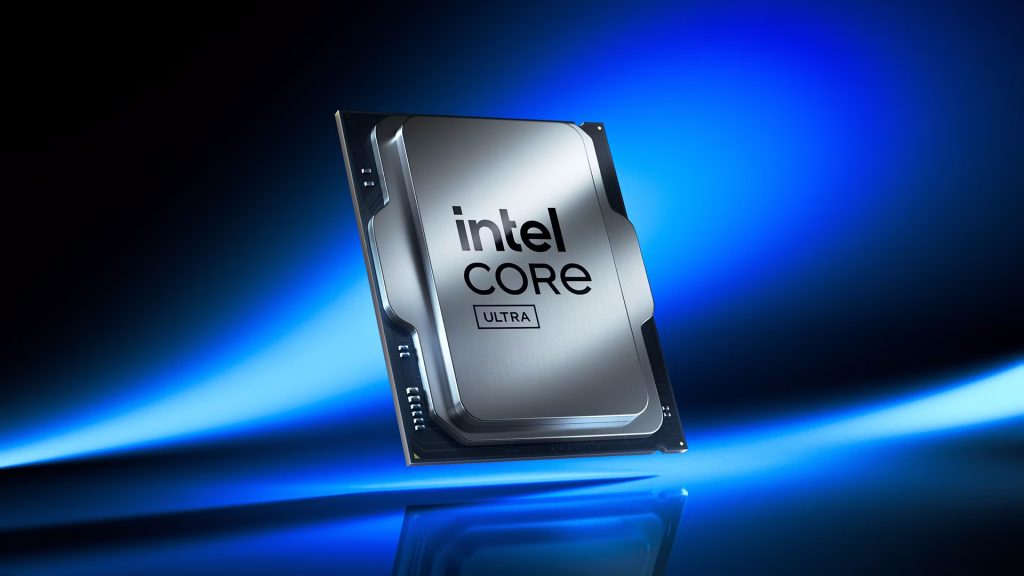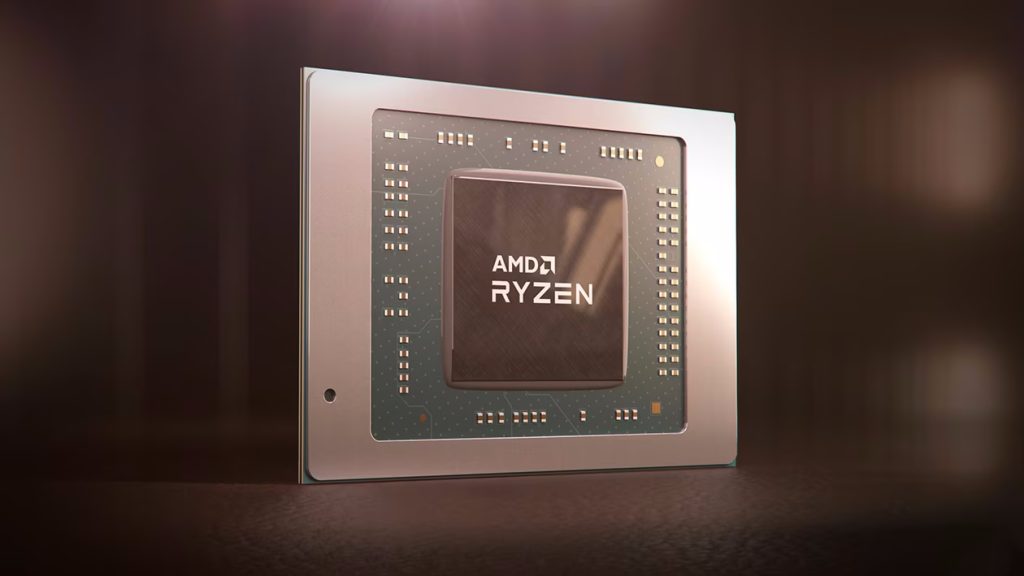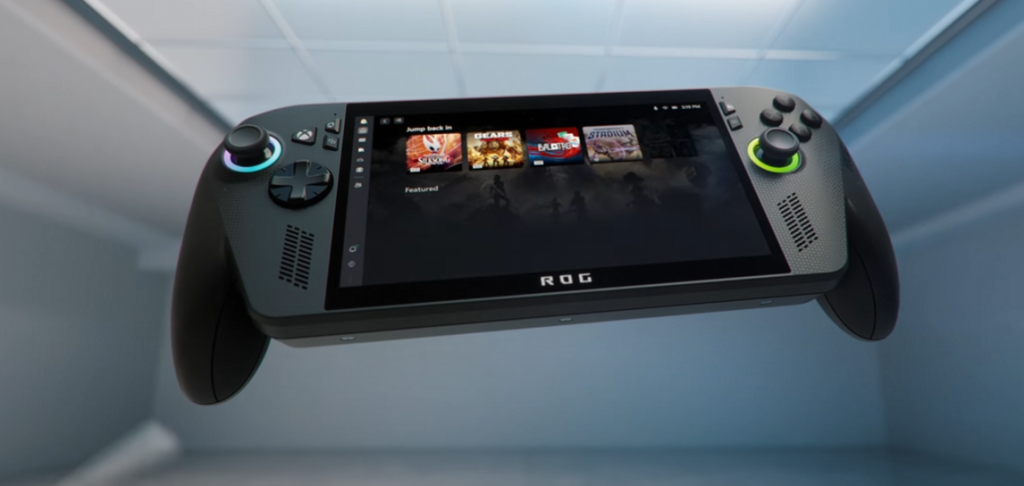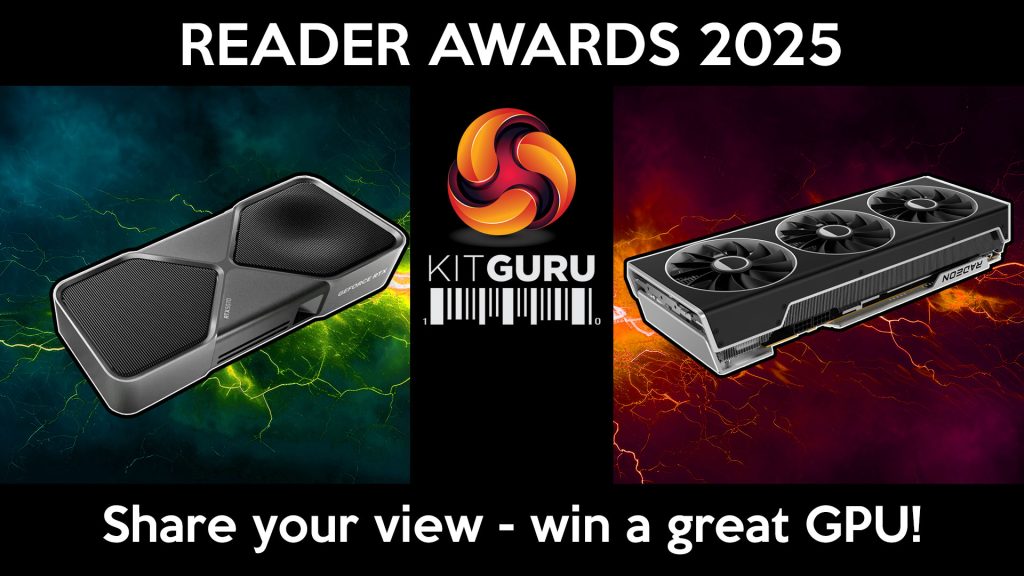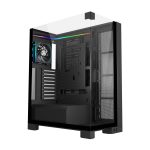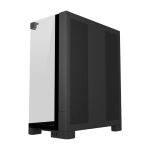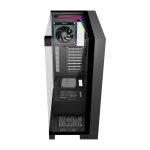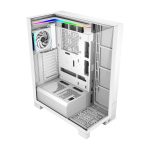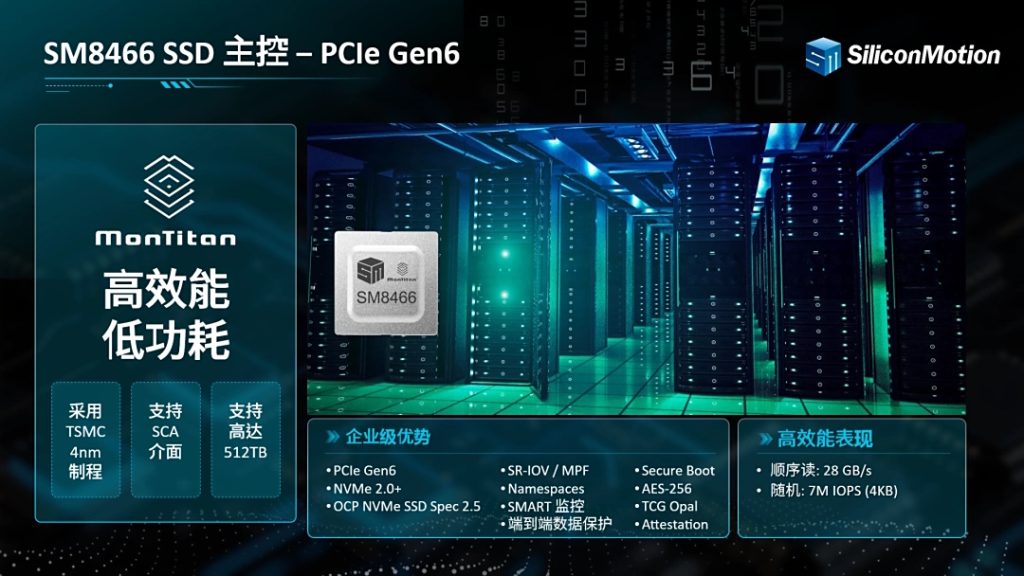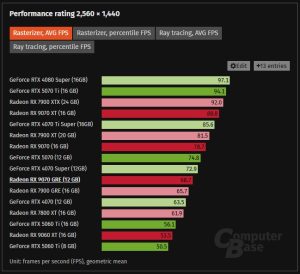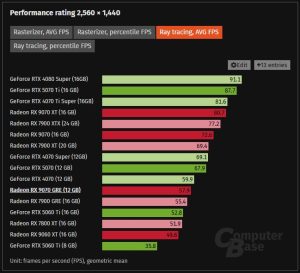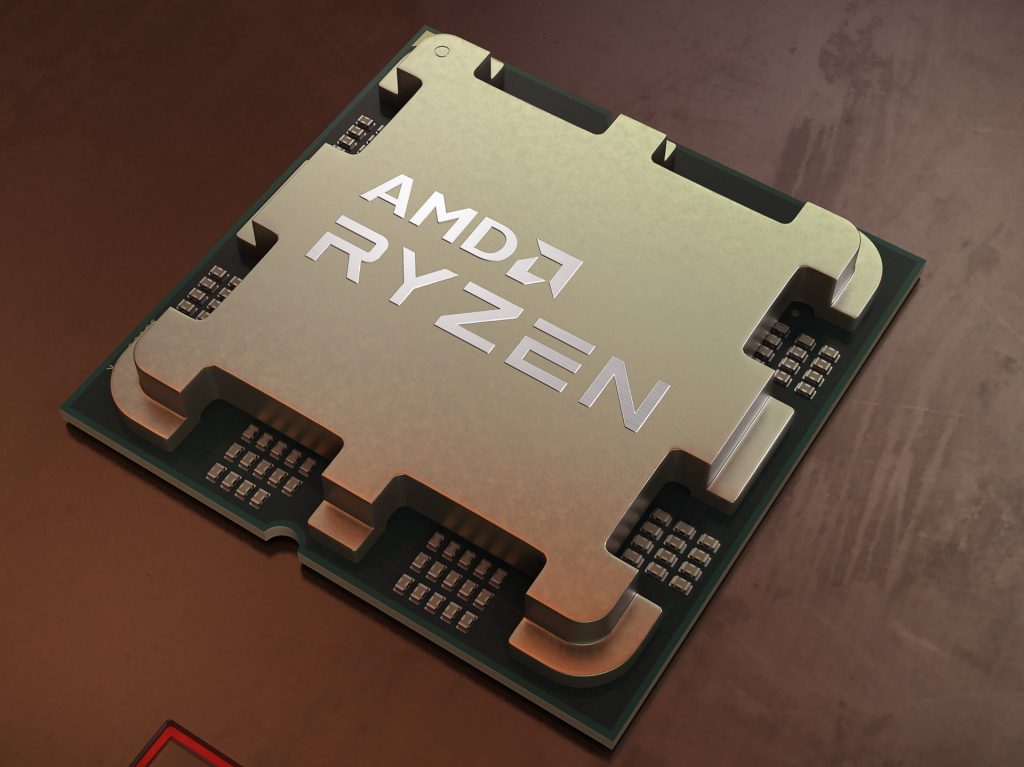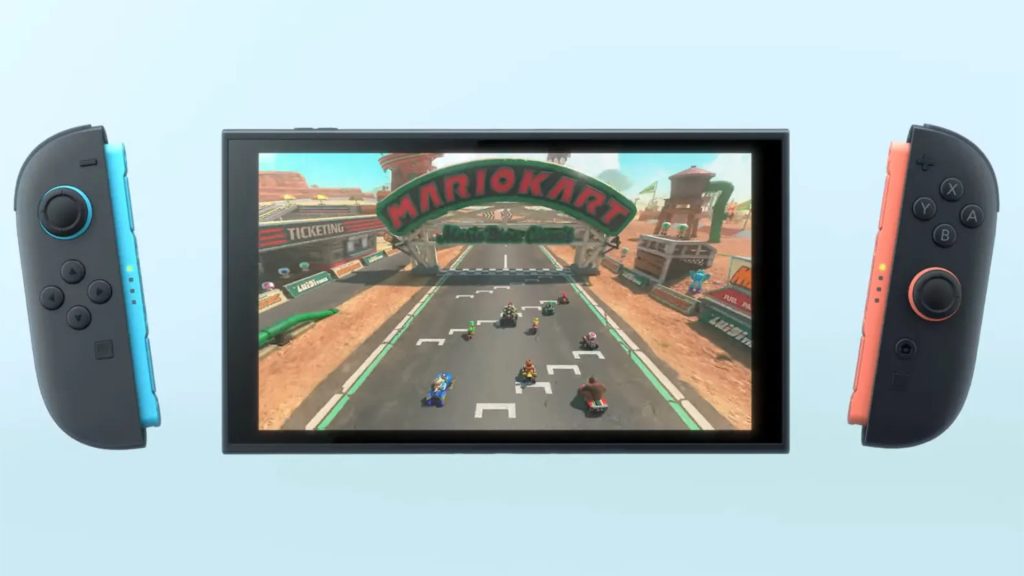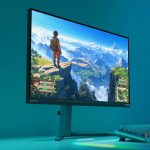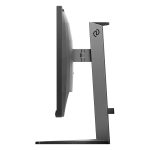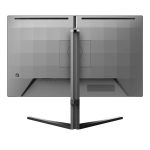Nvidia preview driver brings Smooth Motion frame-gen to RTX 40 GPUs
Nvidia has dropped the first preview driver from its new 590 branch, and while it's officially aimed at developers, it contains a feature that gamers have been eagerly awaiting. Buried within this preview release is the first implementation of Smooth Motion, the company's answer to AMD's driver-level Fluid Motion Frames technology.
For those who may not be aware, Smooth Motion is essentially driver-level frame generation. Unlike DLSS Frame Generation, which requires integration into a game's engine to work, Smooth Motion is a simpler “one size fits all” solution. While this means the quality won't match a native DLSS implementation, it offers a considerable advantage: it can be enabled on virtually any game, bringing frame generation to titles that would otherwise never receive official support.
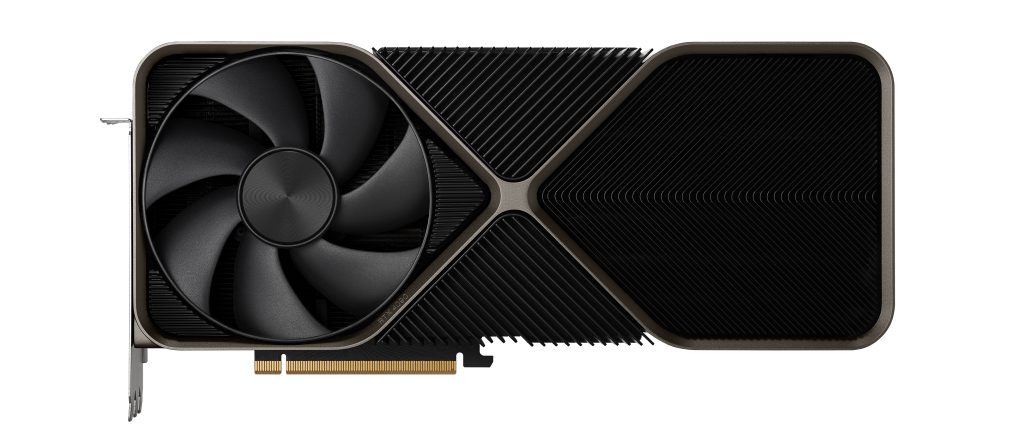
While the official toggle for Smooth Motion is not yet live in the Nvidia app, the community has already figured out a workaround. As discovered by user Macer (via Huang514613), the feature can be forced on for the RTX 40 series using Nvidia Inspector. The tool lists the feature as being for the RTX 50 series, but tests have confirmed it is functional on the RTX 40 series as well. These same tests also show the frame generation working as expected, doubling the FPS output on World of Warcraft.
Although the Smooth Motion was what caught our eye, the official purpose of this driver is to give developers a preview of the upcoming Shader Model 6.9. This new version includes advanced features like shader execution reordering for ray tracing and support for cooperative linear algebra operations, all of which are important for the future of game development, but not something end-users need to worry about. For those eager to experiment, the preview driver is available for download now directly from Nvidia's developer portal.
KitGuru says: Do you have an RTX 40 series card? Will you try out Smooth Motion with the preview driver?
The post Nvidia preview driver brings Smooth Motion frame-gen to RTX 40 GPUs first appeared on KitGuru.